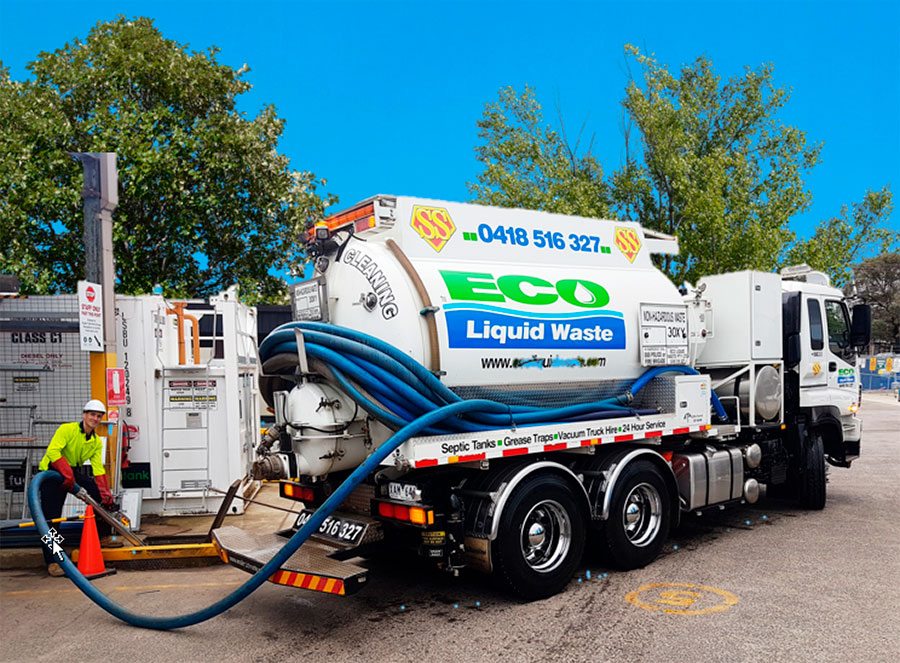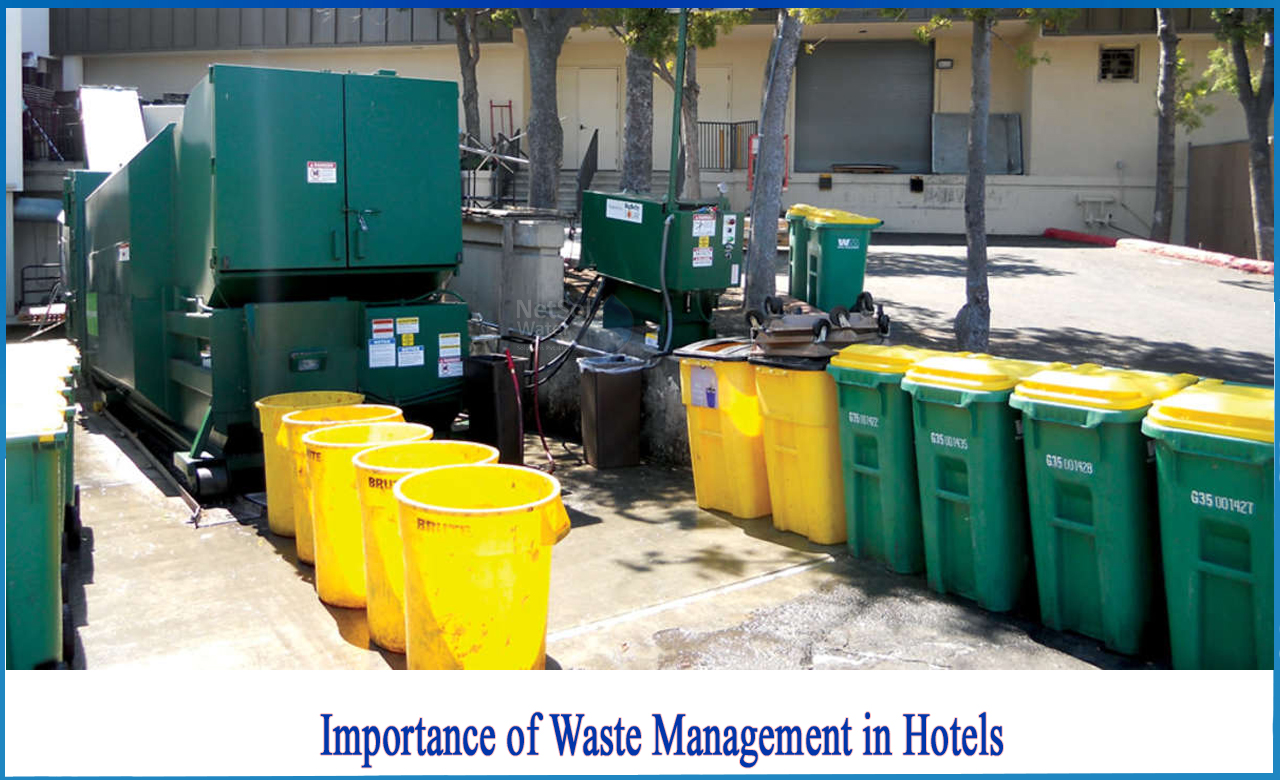The 8-Second Trick For Reclaim Waste
The 8-Second Trick For Reclaim Waste
Blog Article
Some Known Questions About Reclaim Waste.
Table of ContentsGetting My Reclaim Waste To WorkReclaim Waste Things To Know Before You Get ThisExcitement About Reclaim WasteTop Guidelines Of Reclaim WasteNot known Incorrect Statements About Reclaim Waste
Domestic sewer waste refers to the waste and products from a residential septic storage tank. The appropriate monitoring and disposal of domestic sewage waste require liquid waste to be moved to a sewer treatment plant where the correct approaches and devices are used to purify and dispose of waste.
Commercial waste typically includes prospective dangers, such as flammable products or a blend of liquid and solid waste items, and needs a more innovative and thorough disposal process. The disposal of commercial waste normally involves the purification of waste prior to transport to ensure secure and appropriate disposal. Hazardous waste is developed from byproducts and overflow of commercial processes and manufacturing.
This type of waste can not utilize the exact same sewer administration transportation or processes as septic or business liquids. The industrial waste management process needs the assessment and testing of fluid waste before it undergoes the disposal process (industrial wastewater treatment). Runoff waste is the fluid waste that originates from overflow and excess stormwater in very inhabited locations or cities
Runoff waste can cause contamination and flooding if not dealt with properly. Making certain appropriate waste administration can protect against disasters and decrease ecological damage.
Our Reclaim Waste Diaries
Contact PROS Solutions today to discover our waste administration and disposal solutions and the correct means to take care of the liquid waste you generate.
(https://reclaim-waste-f27e88.webflow.io/)This supposed 'wastewater' is not only a vital source yet, after therapy, will certainly be released to our land, waterways or the ocean. Utilized water from commodes, showers, bathrooms, cooking area sinks, laundries and commercial procedures is known as wastewater.

water used to cool down machinery or tidy plant and tools). Stormwater, a form of wastewater, is overflow that moves from agricultural and metropolitan locations such as roofing systems, parks, gardens, roadways, paths and seamless gutters into stormwater drains pipes, after rainfall. Stormwater streams neglected straight to neighborhood creeks or rivers, ultimately reaching the sea.
Reclaim Waste for Dummies
In Queensland, a lot of wastewater is treated at sewage therapy plants. Wastewater is moved from domestic or industrial sites through a system of drains and pump terminals, referred to as sewerage reticulation, to a sewer therapy plant. Local governments develop, preserve and run most sewage therapy plants. Operators are licensed under the Environmental Management Act 1994 to discharge treated wastewater at an acceptable environmental requirement right into waterways.
The Division of Natural Resources suggests city governments regarding managing, operating and preserving sewage systems and treatment plants. In unsewered locations, neighborhood governments might call for homeowners to mount specific or home sewer therapy systems to treat residential wastewater from bathrooms, kitchen areas, washrooms and laundries. The Department of Natural Resources authorizes the use of household systems when they are proven to be efficient.
In some new subdivisions, treatment of some stormwater to remove trash, sand and crushed rock has begun using gross pollutant traps. Wastewater treatment happens in 4 phases: Gets rid of strong issue.
Wastewater then flows into large tanks where solids resolve and are removed as sludge. Grease and scum are skimmed from the surface area. Utilizes tiny living organisms understands as micro-organisms to break down and eliminate remaining liquified wastes and fine bits. Micro-organisms and wastes are incorporated in the sludge. Eliminates nitrogen and phosphorus nutrients that could create algal flowers in our waterways and endanger marine life.
Top Guidelines Of Reclaim Waste
Nutrient removal is not offered at all sewage treatment plants due to the fact that it requires costly specialized devices. It is becoming a lot more usual in Queensland. Clear fluid effluent produced after therapy may still have disease-causing micro-organisms. If this effluent is released right into rivers such as rivers or the sea, the micro-organisms will eventually die out.

This usually suggests wastewater needs to be dealt with or contaminants eliminated before it can be released to waterways. The majority of wastewater streams into the sewerage system. Under the Act, neighborhood governments carry out approvals and licences for eco appropriate activities (ERAs) including wastewater launches that may have a regional influence. The division carries out authorizations and permits to ERAs entailing wastewater launches that may have try this website a regional or statewide effect.
All about Reclaim Waste
Tracking supplies accurate details about water quality and can confirm that licence problems are being satisfied. The information obtained via monitoring supplies the basis for making water quality choices.
Report this page